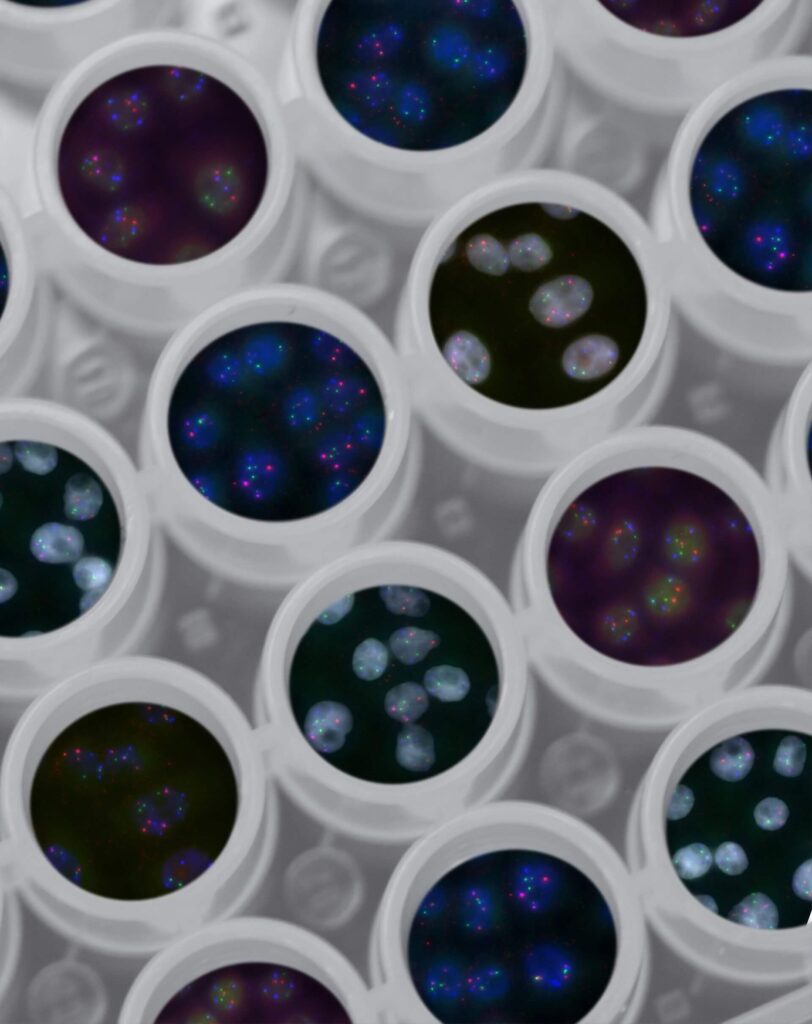You may not know a lot about glucose levels in the blood, but some things feel obvious. For example, glucose levels rise in the blood after a meal. But what may seem surprising is that glucose levels actually rise after exercising as well. There can be a number of reasons that lead to blood glucose spikes during and post-workouts.
Glucose levels in our blood are controlled by a substance called glycogen, which is a glucose polysaccharide (carbohydrate) stored primarily in the liver as a glucose reserve for other tissues. It is both a crucial source of energy as well as an energy store.

Highlights
- Gluconeogenesis is a group of metabolic reactions which produces glucose from noncarbohydrate sources such as glycerol, lactate, pyruvate, and glucogenic amino acids, working towards maintaining blood glucose levels constant through a state of fasting,
- The three most common reasons behind glucose spikes during intense exercise are lactic acid, adrenaline, and fasted exercise.
Glycogen stores are regulated by hormones by controlling the level of circulating blood sugar. When blood sugar levels are elevated, the pancreas’ beta 1 cells secrete additional insulin that facilitates the muscles’ uptake of the excess glucose, preventing further insulin secretion.
This regulation maintains blood glucose at an appropriate level. If blood sugar decreases below normal levels (hypoglycemia), especially during exercise and intense physical activity, the pancreas’ alpha cells immediately secrete glucagon.
This is known as the insulin antagonist hormone—increasing glucose availability and normalizing blood sugar levels.
Blood glucose increases when glucagon stimulates liver glycogenolysis (breakdown of glycogen to glucose) and gluconeogenesis (generation of glucose from non-carbohydrate substrates).
What is Gluconeogenesis?
Gluconeogenesis is a group of metabolic reactions which produces glucose from noncarbohydrate sources such as glycerol, lactate, pyruvate, and glucogenic amino acids, working towards maintaining blood glucose levels constant through a state of fasting.
During intense bouts of exercise, this can occur due to the breakdown of muscle protein, especially during the absence of carbohydrates (due to low intake/low storage/exercise duration or intensity).
Why Does Gluconeogenesis Occur During Exercise?
According to study athletes habitually following a low carbohydrate high fat (LCHF) diet would have higher rates of gluconeogenesis during exercise compared to those who follow a mixed macronutrient diet.
The three most common reasons behind glucose spikes during intense exercise are:
1. Lactic acid
The process of gluconeogenesis converts lactic acid into glucose and loops that glucose back to our muscles for fuel.
This is how our bodies provide our muscles with fuel when cycling oxygen is relatively tenuous, and glucose to our cells as the body usually does during general cardio exercises.
2. Adrenaline
Our body releases adrenaline when we play sports or exercise, as part of the “fight or flight” response it’s known for.
It tells our liver to release stored glucose in the form of glycogen to provide the extra fuel it needs for the “fight” aspect that comes with the workout. This leads to a spike in blood sugar levels.
3. Fasted exercise
Exercising on an empty stomach can lead to a glucose spike, especially immediately after waking up. That’s because exercise can exacerbate the “dawn phenomenon”, wherein the liver releases stored glucose along with morning hormones to give the brain fuel in the early morning hours.
Clearly, many mechanisms can cause a spike in glucose levels during exercise. No wonder, it can be so difficult to know what to do to bring glucose levels back down.

How Does Gluconeogenesis Occur During Exercise?
The process of Gluconeogenesis
In moments of stress, the sympathetic nervous system’s communication with the pancreas increases, preventing insulin secretion and stimulating gluconeogenesis. This provides extra glucose to fuel the requirements for the neuromuscular and cardiovascular systems.
This breakdown of protein and the gluconeogenesis that accompanies the process is important in endurance exercise and high-frequency intense training, resulting in diminished glycogen reserves.
Eating a high-carbohydrate diet with adequate energy intake preserves muscle protein in athletes who train hard and for long durations. This process is commonly observed as an undesirable effect of fat-loss programs which advocate low carb intake attempting to boost fat utilization as fuel.
The problem occurs when the intensity of the exercise, occurring either due to a particular training model, or other factors that can increase stress levels, goes beyond the point of fat burning.

How Does Gluconeogenesis Affect During Exercise?
While gluconeogenesis isn’t necessarily a bad thing, it is important to keep an eye on it because it can provide an insight into what is happening in your body.
On your metabolic data, if you find yourself going hypoglycemic (low levels of blood sugar), then you may have not fuelled enough before, during or after your workout.
If you are someone who is on a low-carb diet or who is fasting, this spike could indicate that your macronutrient intake—the proportion of protein, carbs, and fat—might not be adequate.
It is important to get adequate proportions of macronutrients, especially on workout days, because they help you recover and make sure there are no negative effects lingering from the workout.
If you are an athlete or fitness enthusiast, you can prevent the loss of muscle protein with the right fuelling strategy.
Consuming enough carbs can help if you are training over extended periods of time at high intensity. Adequate protein intake could help in curbing the loss of muscle mass.
Conclusion
The metabolic cost of maintaining muscle protein is quite high and, hence, under excess stress, it can be used up as fuel via gluconeogenesis, which is a group of metabolic reactions that helps to maintain glucose levels in the blood during the fasting period.
Although this is a natural phenomenon, it is designed to be fail-safe to meet the energy demands of high-intensity exercise.
This knowledge can be used to design nutritional and recovery strategies to prevent loss of muscle mass, potential overtraining, and nutritional deficiencies with the help of metabolic data tracking and food logging.
Disclaimer: The contents of this article are for general information and educational purposes only. It neither provides any medical advice nor intends to substitute professional medical opinion on the treatment, diagnosis, prevention or alleviation of any disease, disorder or disability. Always consult with your doctor or qualified healthcare professional about your health condition and/or concerns and before undertaking a new healthcare regimen including making any dietary or lifestyle changes.
References
- Blood Sugar After Eating: What Happens, Levels, and More
- Glycogen – an overview | ScienceDirect Topics
- Why Does Exercise Sometimes Raise Your Blood Sugar?
- Gluconeogenesis during endurance exercise in cyclists habituated to a long-term low carbohydrate high-fat diet
- Gluconeogenesis and hepatic glycogenolysis during exercise at the lactate threshold








